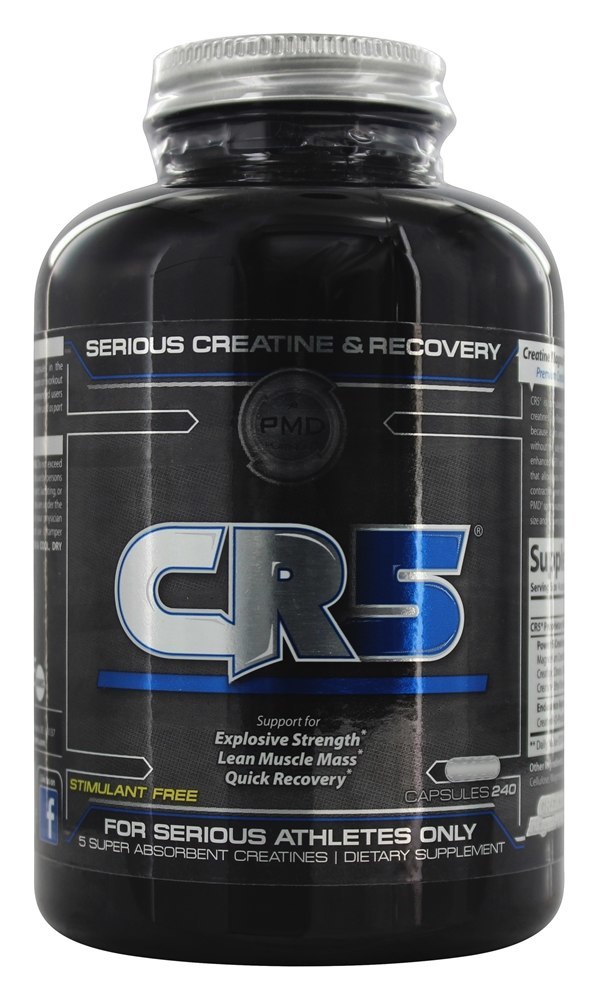
It is traditionally used to flavor food but has begun to be used as a supplement more frequently. Saffron ( Crocus sativus) is the most expensive spice in the world because the high labor costs associated with it have resulted in limited supply.

The supplement does not appear to interact with any medications, however, due to the lack of research, it is not advisable for those using oral contraception to take vitex agnus-castus. Effective doses of these are 4 mg and 20 mg daily respectively. There are also two extracts of vitex agnus-castus, which are often used in research: BNO 1095 (a 10:1 extraction) and Ze 110 (a 6-12:1 extraction). Vitex agnus-castus supplements are based upon the dry weight of the plant’s fruit, with a standard dose ranging from 150 mg-250 mg. They were taken for three menstrual cycles and found a significant reduction in irritability, mood alteration, anger, headache, bloating and breast fullness compared to placebo ( 10).īoth higher doses outperformed the 8 mg dose but no difference was found between 20 mg and 30 mg, suggesting that 20 mg of vitex agnus castus extract is sufficient to obtain optimal benefits for PMS. The effects of vitex seem to be dose-dependent.Ī multicenter, double-blind, placebo-controlled, parallel-group study compared the effects of three different doses (8, 20 and 30 mg) of an extract of vitex agnus castus called Ze. The same study found that 42 % of participants halved the frequency of migraine attacks and 57% halved the number of days where they experienced migraines. Other research showed that 40 mg vitex agnus castus, taken daily for three months resulted in 66 women experiencing a dramatic reduction in PMS symptoms and 26 experiencing a mild reduction out of a total sample of 107 participants ( 9). How does vitex help PMS?Ī prospective, randomized, double-blind, placebo-controlled study found that 4 mg of BNO (an extract of vitex agnus castus), taken daily for three menstrual cycles, reduced a variety of PMS symptoms that were moderate to severe in terms of intensity ( 8). Tentative evidence suggests that vitex agnus-castus may also increase estrogen and progesterone levels but more research is needed to confirm whether this is the case. It is also thought to work by targeting the opioid system by releasing beta-endorphins, which the body lacks during PMS. It acts similarly to the neurotransmitter dopamine, by reducing prolactin levels, which are elevated when a person is experiencing PMS symptoms. Vitex agnus-castus, which is also known as Chaste Tree, Vitex, or Chaste berry, is a flowering plant often used to reduce PMS symptoms.

Now, let’s get to the heart of the matter and examine each one a little more closely. Here’s a quick view of the eight we’re going to cover in greater detail in this article.Ĩ Natural Supplements for PMS Symptom Relief There are also a number of herbal supplements that can be used alongside physical activity to help make PMS symptoms more manageable. The brain’s chemical messengers, called neurotransmitters, also seem to be involved.īecause the cause is not clear, the focus of PMS treatment is on managing symptoms.Īlthough more research is needed on lifestyle modifications, research has suggested that regular aerobic exercise can help to reduce the symptoms of PMS ( 7).Īerobic exercise includes activities such as running, swimming or cycling. One is that women with PMS are more physiologically sensitive and therefore experience more symptoms than women without PMS, even if they have normal levels of estrogen and progesterone ( 6). It is not known exactly what causes PMS, but there are several theories. These can negatively affect relationships, work attendance, productivity and health care use ( 5). Symptoms of PMS last for an average of 6 days, with a peak just before menstruation ( 4). During this phase, the hormones estrogen and progesterone rise to prepare for pregnancy and then fall if this does not occur.


The luteal phase, the second phase, lasts from day 15 to day 28. The first phase is the follicular phase, which lasts from day one to day 13 (the today before ovulation). The average menstrual cycle lasts for 28 days, although it can range from 21 to 34 days. If symptoms are very severe, a diagnosis of premenstrual dysphoric disorder (PMDD) is more appropriate ( 3). and cannot be explained by other health conditions ( 2).Symptoms experienced can be physical, psychological or behavioral. This means that symptoms are experienced one to two weeks before menstruation. Premenstrual syndrome (PMS) is defined as recurrent moderate psychological and physical symptoms that occur during the luteal phase of menses and resolve with menstruation ( 1).


 0 kommentar(er)
0 kommentar(er)
